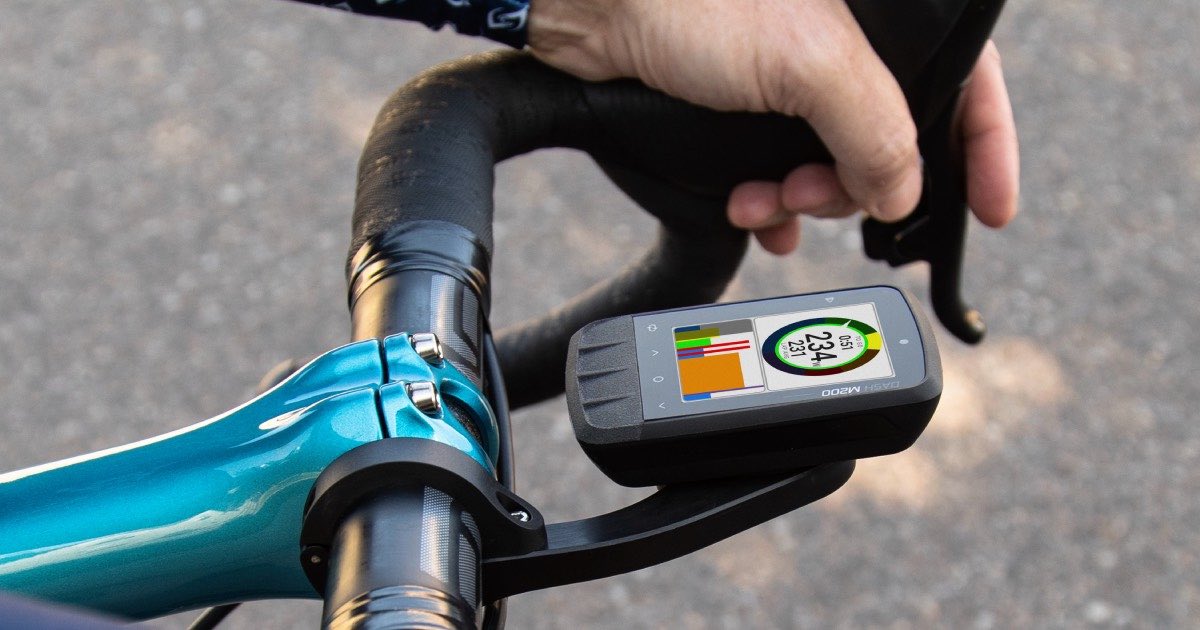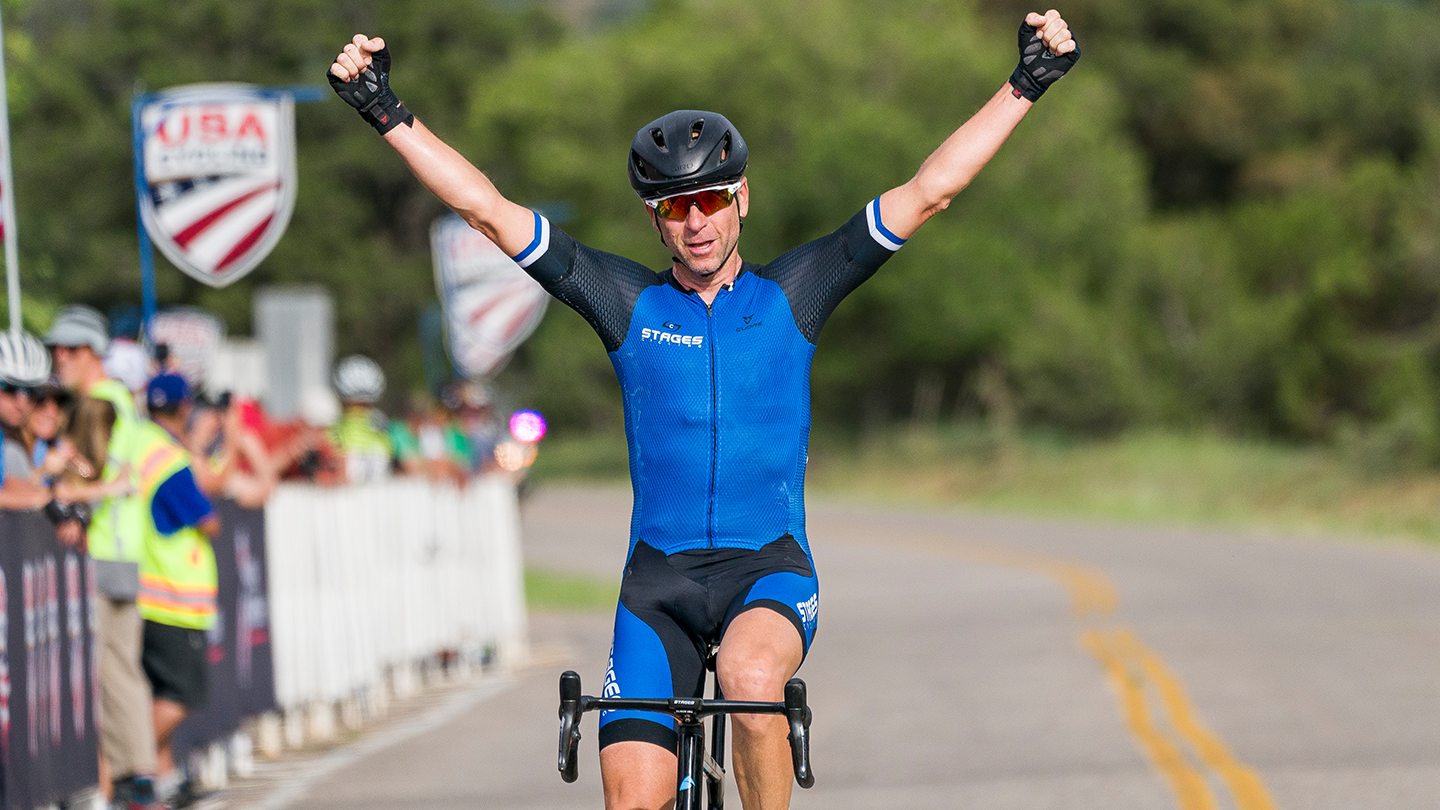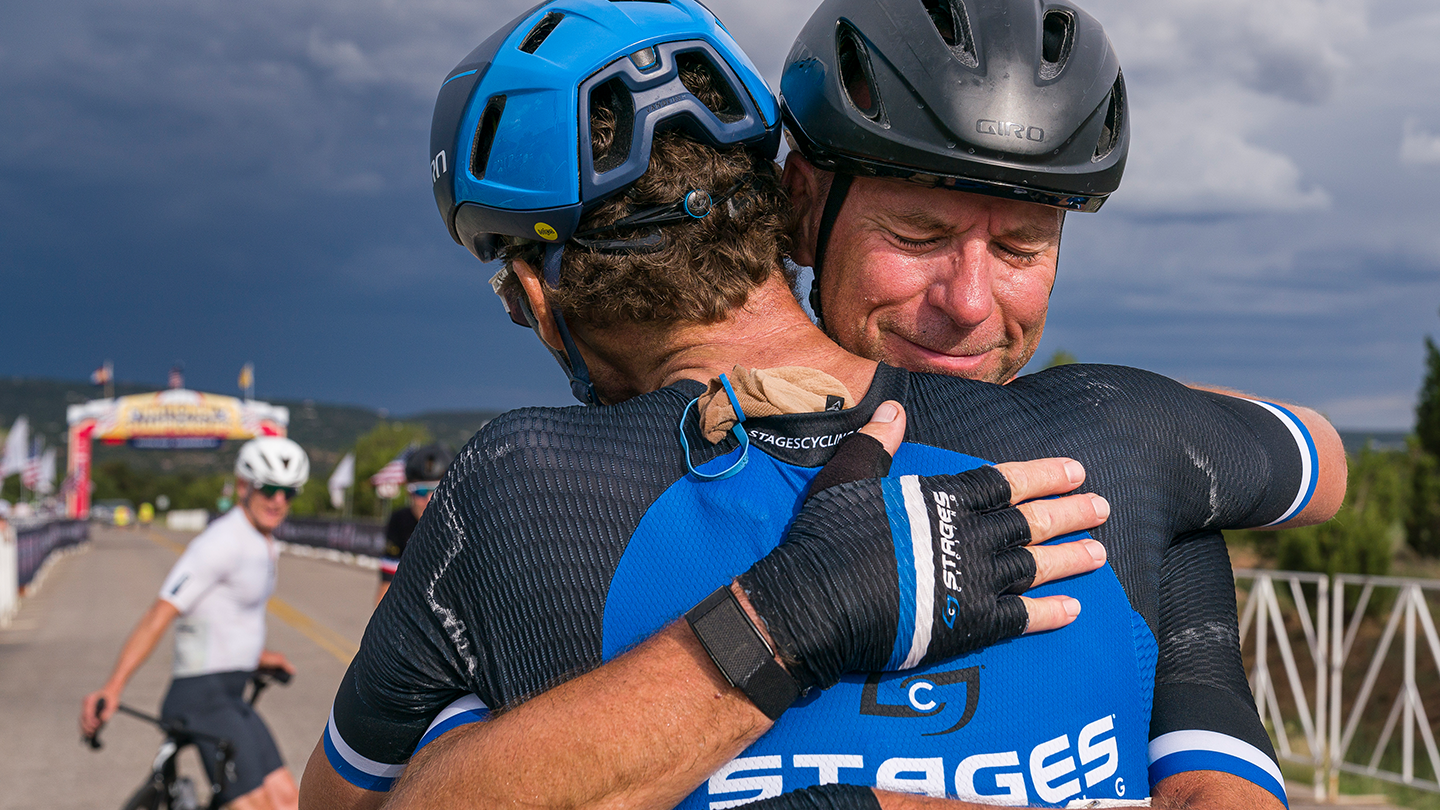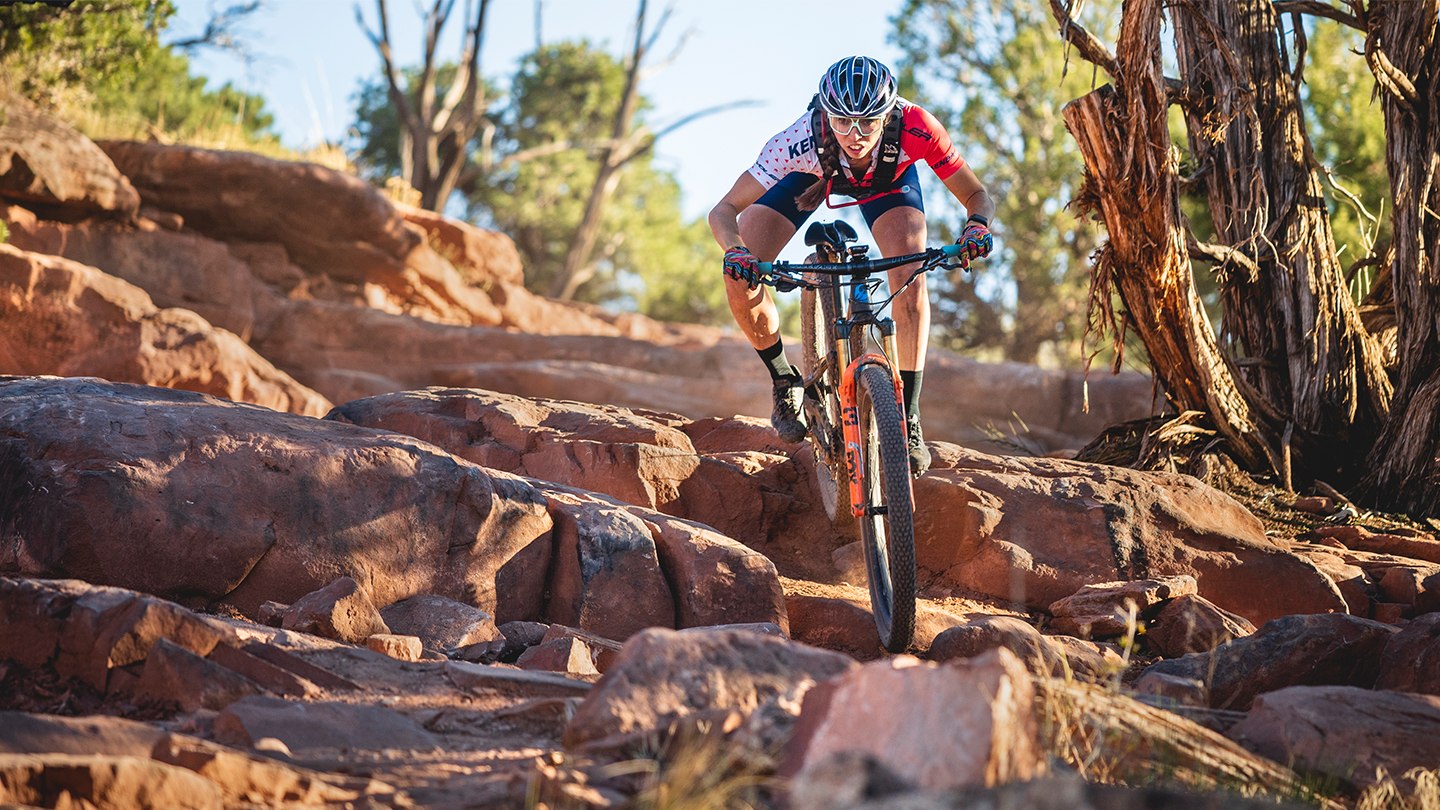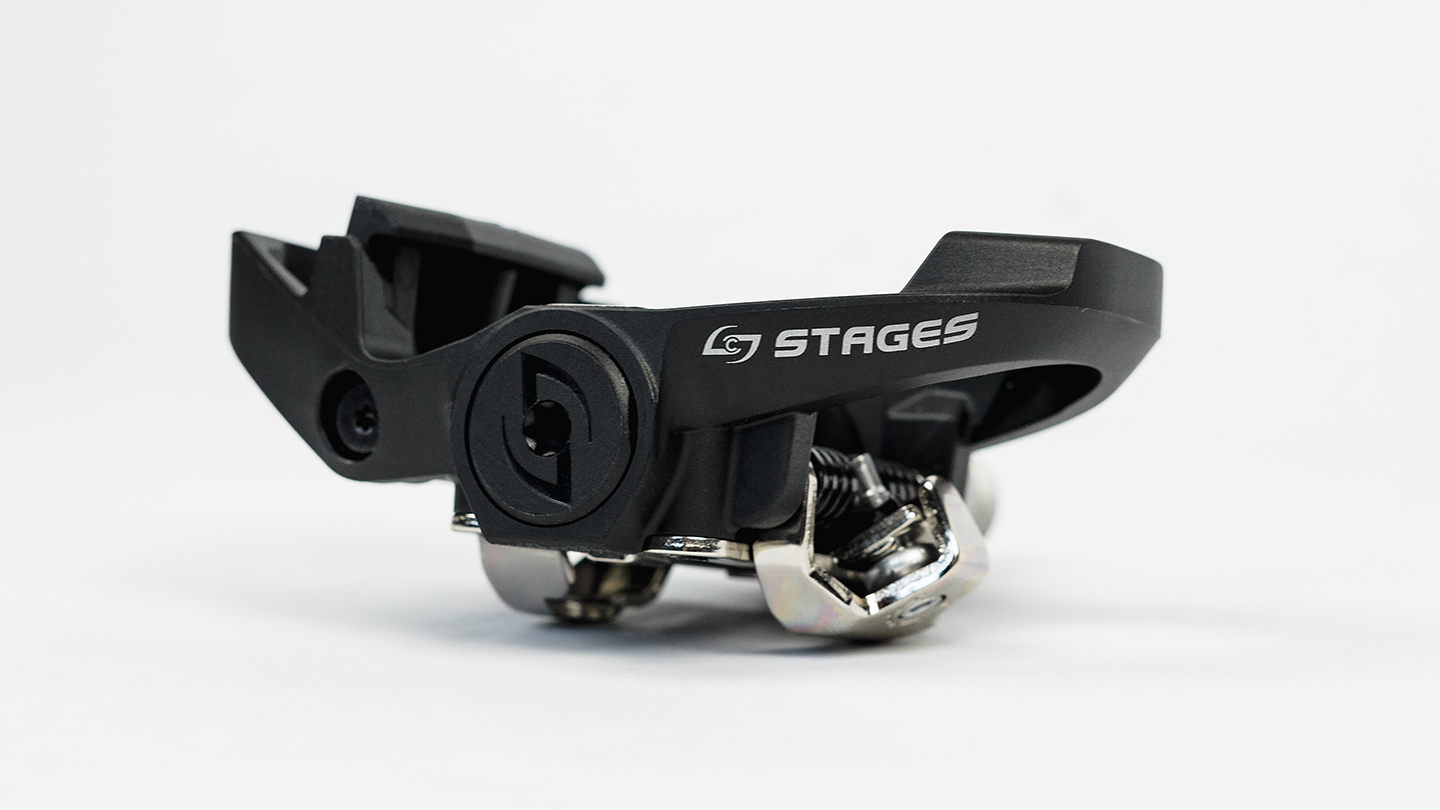Sam Holness: First Openly Autistic Athlete to Finish Kona
- By Amber Jaworsky
- Published: Dec 21, 2022
- Last Updated: Dec 21, 2022
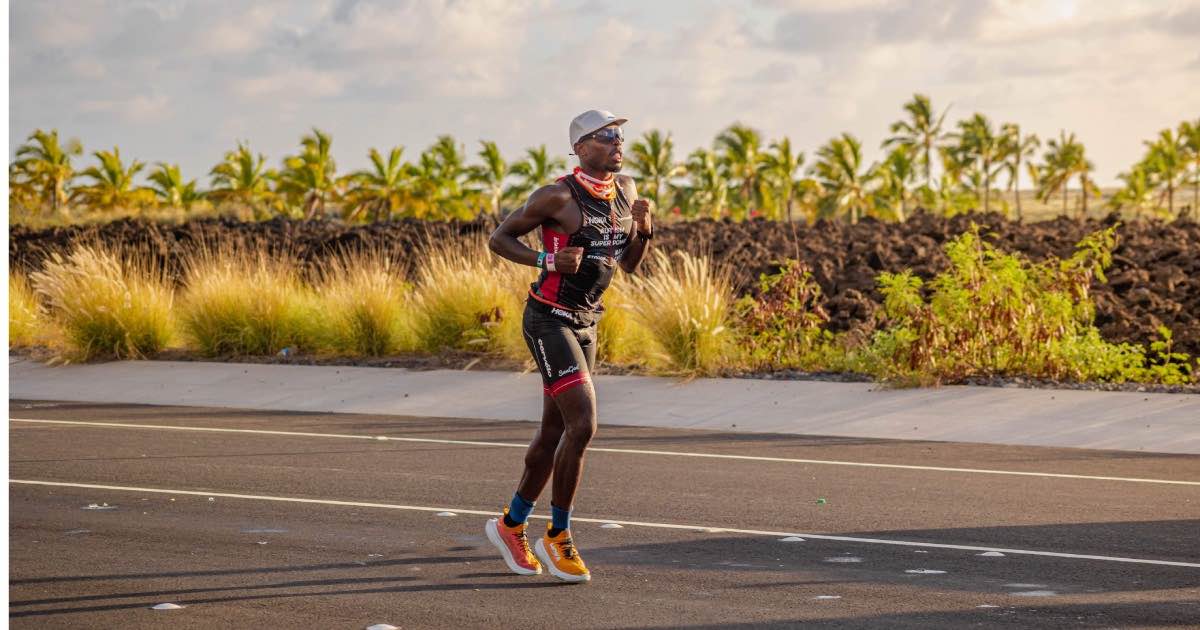
When we first interviewed “Super” Sam Holness, he was determined to make history as the world’s first openly autistic athlete to race in the IRONMAN World Championships in Kona. On his way to accomplishing this goal, he became the first person with autism to complete a full-distance triathlon at Mainova IRONMAN European Championship Frankfurt and added a Guinness World Record to his list of achievements after his stellar finish at Kona. We sat down with Sam, and his father, Tony Holness, to learn more about his iconic race and what might be next.
Preparing For IRONMAN Kona
Stages: Tell me about your training strategy for Kona.
Tony Holness: We went to Lanzarote, Spain to train and try to replicate many of the same environmental elements we’d see in Kona. Lanzarote is volcanic, it’s very hot and it’s very windy. Frankfurt was his first full IRONMAN, and we used that race to try and figure out if he could do a full IRONMAN race. If he didn’t finish Frankfurt we would have had second thoughts, but he didn’t give up and he finished well.
Nutritional Strategies for Racing the IRONMAN
Stages: Did you have a dietary strategy to help support Sam?
Tony Holness: We made some intentional dietary adjustments to Sam’s diet to better support him during the race. We specifically shifted away from gels and began making our own race day rice cakes. We did some research and learned that a lot of Tour de France cyclists eat homemade bars that consist of a blend of sushi rice, coconut cream, cream cheese, and raisins. It’s real food, slow-release carbohydrates that do not produce the insulin spikes that you can get from the gels.
Sam also loaded up on carbohydrates three days before the race; lots of rice, potatoes, etc. He discovered sauerkraut in Frankfurt and it has become one of his new favorite foods. It has significantly helped his gut. There’s a lot of research around gut health and autism and they are noticing that healthy gut flora helps nourish the mind. So, Sam eats sauerkraut every day and it’s been great to help balance and nourish his digestive tract.
Training While in Kona
Tony Holness: Our biggest focus was on helping Sam’s body adjust to the time change and acclimate to the heat. We arrived ten days before the race and he swam every day in the pool or ocean. We chose not to train on the roads in Kona, as they were packed with runners, cyclists, and cars. Instead, we carried a portable turbine trainer, and every evening at sunset, we’d point the bike towards the sun and Sam would ride on the veranda. It was a great way to help him get acclimated to the heat and get some miles in. We also found a hill near where we were staying that had an 800-meter incline, and Sam did hill reps to hit his running goals.
Stages: In addition to training in Lanzarote, did you do any other things to help him prepare for the heat and humidity in Kona?
We utilized a heat chamber here in the UK to help incrementally expose him to higher temperatures.
The IRONMAN Kona Experience
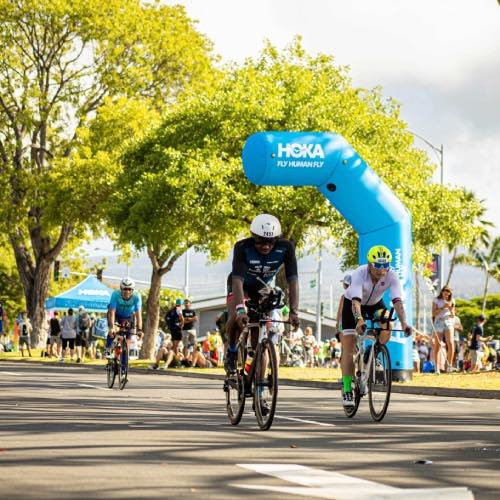

Stages: Can you describe what racing in the Kona IRONMAN is like?
Tony Holness: The swim was challenging as choppy waves kept pushing him back.
Sam Holness: I think I was a champ on the bike.
Tony Holness: To keep on pace on the bike leg, Sam uses and stays in zone 2.
As for the run, Sam gave us the “thumbs up” as he ran by. He looked relaxed and then he ran into trouble around 25k. He retained water, and when that happens when you’re running, it feels like you’ve got a bucket of water sloshing around. He didn’t slow down until that point in the race.
Kona taught us that we need to try to better balance Sam’s carbohydrate and water intake. During the race, he stopped eating carbs and drank extra water to try and combat dehydration; due to the heat and humidity. The air temperature during the race was over 100 degrees, so he kept drinking, which caused an imbalance.
The terrain of Kona is not hard, it’s purely the heat that makes it a hard course.
Stages: What was your favorite part of IRONMAN Kona?
Sam Holness: The swim. I’ve been swimming since I was three; even before I could talk. Open water or ocean swims do not bother me. Swimming in Kona was warm and I saw lots of fish, rocks, and coral.
Stages: What was the hardest part of the race?
Sam Holness: The run.
Stages: What did you do to celebrate finishing the race?
Tony Holness: He finished, we made sure he was okay, got him some pizza, and helped him to recover. His post-race meal was lots of chicken and rice. The morning after the race, we were all asleep and we heard the door close. Sam had gotten up, had some breakfast, and headed down to the jacuzzi and the pool for a swim.
The next day he had no pain. We think because he slowed down on the run he didn’t punish his body to the end.
He does yoga every night. His favorite postures are bridges, planks, downward-facing dogs, and cobra. He does not like happy baby.
He also does not like backstroke swimming because he feels out of balance.
Sam Holness: Backstroke is my arch-enemy.
Stages: Did you participate in any of the Kona traditions like the underpants run?
Tony Holness: We did not participate in the flags or underpants run because we had so many other things to do. We were on several panels and went to many of our sponsor’s events.
We actually stayed about five miles outside of Kona so we could avoid getting caught up in the hype. Most of those photo shoots start at sunrise or sunset because of the good lighting, but that cuts into his rest so we try to be mindful of that.
There was a lot of PR to manage. Sam was in four UK papers, and the Associated Press picked up his story as well. Sam actually had more clicks on the IRONMAN EU Instagram handle than the winners did!
Stages: You had a lot of people cheering you on when you race. Do you hear people encouraging you on the bike and run, or are you focusing so much on the race that you don’t notice?
Sam Holness: Sometimes I get too focused on the race to hear the fans.
Stages: When you do hear people cheering for you, what would be the best thing they could say to you during the race?
Sam Holness: Pick your speed up. Go, Sam!
Tony Holness: When he gets to the finish line he imagines that he is Dash, from the Incredibles. He stops about twenty-five meters short of the finish line and then sprints in.
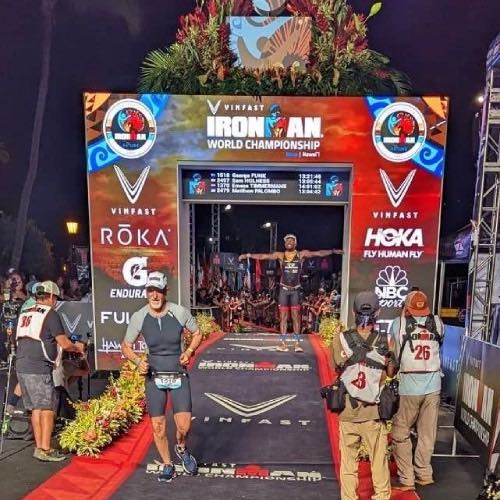

Stages: Was there anything you tried to think about or focus on during each discipline? Ex. a phrase on repeat in your head for each leg of the race.
Sam Holness: During the races, I just keep going and try to stay focused. But when I train, I love to watch Disney movies. My favorite movies are The Great Escape and Toy Story.
Tony Holness: Sometimes I hear Sam laughing in his pain cave while he’s training and watching movies.
Stages: Tony, what were your thoughts/feelings during the race?
Tony Holness: I didn’t talk to anyone for about seven hours.
The swim was good, he was relaxed. We were able to track him on the bike and he did great. We grabbed a coffee and I just looked at my watch. When he transitioned to running, he was on track for a sub-twelve time. When he passed us, he gave us the thumbs up and powered up the hill. And as we looked at the tracker we noticed that he kept stopping and starting and really struggling. And then his mom said, “I want to go and get him.” And then I had to walk away and watch the tracker.
I try to remember that this is what he does, and this is what can happen. It’s not as dangerous as him getting into a boxing ring and watching people hitting him. Once he’s out on the course we have no control. We just have to trust the system and process. But, when I saw that he was struggling, I started thinking about what I could have done differently to prepare him.
The numbers started coming in. We had feedback from the course, and people were watching him because of his autism so that helped calm my nerves. That last mile he was running and laughing. I expected to see him bent over and in pain, but he was just uncomfortable.
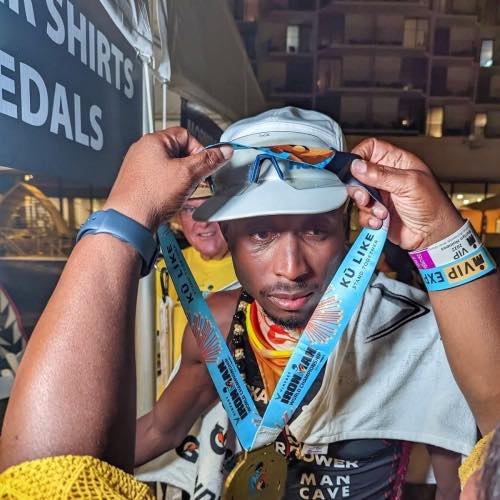

He got to practice working through discomfort in Frankfurt. He finished Frankfurt in 12.5 hours. He did Kona in 13 hours. That’s only half an hour difference, but it was significantly worse conditions. I didn’t have that realization until after he finished. I truly feel like he did really well!
Stages: What does it mean for you to be in the Guinness Book of World Records?
Sam Holness: It means I’m famous and I’m excited about it!
Training for the Next IRONMAN
Stages: Are you excited to put together your racing schedule for next year now to try and get back to Kona?
Tony Holness: He’s already started training for next year. He doesn’t like to take breaks. Sam will have his Christmas breakfast, and then head out to the park to run. We’ve had family around for the holidays, be in the middle of dinner, and then he’ll say, “I’m off,” and he heads out for a workout.
Next year, we are planning to do the 70.3 World Championships in Finland August 24-25. The water will be freezing, but Sam doesn’t mind. The lake he swims in here in the UK is cold. We will go somewhere sunny from January to March to train.
We will do five half IRONMANS next year, and we are going to try to get Sam to do a sub-three-hour marathon. This will qualify him for the Boston marathon. There’s a twist in the tale here. If you qualify for the Special Olympics, the qualifying time for Boston is six hours. But Sam’s IQ is too high so he has to compete against neurotypical athletes.
After Finland, we’ll go to Barcelona or Portugal for the last race of the year. If he’s feeling good, we may finish up in Florida and do Disney.
He has some plans to race in the US too as Sam has a lot of fans there. We are still working on getting Sam on the world circuit for Jamaica. He could compete for Jamaica in the Pan-American games, so that’s something we’re reaching for too.
Stages: Do you have any tips or advice for someone just getting into the triathlon world?
Sam Holness: Start with a sprint distance first then go from there.
Stages: Tony do you have any tips or advice for someone just getting into the triathlon world?
Tony Holness: Let me answer that question in a personal way. I had an interview with Bob Babbitt. He asked if I have ever done a triathlon. I said, “I’m doing one this year! In the background, I hear my wife, Marilyn laughing. Now it’s out in the public domain so I’ve got to do it. I said it on YouTube, so now I’ve got to do it.
From a technical standpoint, start out walking. To do a triathlon, you’ve got to have a level of fitness. Get yourself healthy, build up aerobic capacity, and go from there. Most people are scared of the swim. You’ve got to conquer the swim because once you’ve done the swim, the bike is easy, and once you start running, you’re only racing yourself. It’s going to be fulfilling but starts off with the first step. It’s that first step and we’ll see what happens.












